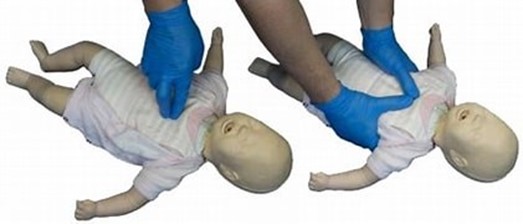A nurse is reviewing the laboratory results of an adolescent who has chronic glomerulonephritis. Which of the following findings should the nurse expect?
BUN 50 mg/dL.
Serum phosphorus 4.0 mg/dL.
Serum potassium.8 mEq/L.
Absence of proteinuria.
The Correct Answer is A
Chronic glomerulonephritis is a condition that causes inflammation of the glomeruli, which are tiny filtering units in the kidneys.
This can lead to poor kidney function and an increase in waste products in the bloodstream.
Blood urea nitrogen (BUN) is a waste product that is normally filtered by the kidneys and excreted in urine.
A BUN level of 50 mg/dL is higher than the normal range, indicating poor kidney function.
Choice B is incorrect because a serum phosphorus level of 4.0 mg/dL is within
the normal range for adults.
Choice C is incorrect because a serum potassium level of.8 mEq/L is within the normal range for adults.
Choice D is incorrect because proteinuria (the presence of protein in urine) is a
common finding in glomerulonephritis.
Nursing Test Bank
Naxlex Comprehensive Predictor Exams
Related Questions
Correct Answer is ["B","D","E"]
Explanation
Preschool-age children often have a limited understanding of death and may believe that their thoughts can cause death.
They may also view death as similar to sleep 1 and may think that death is a punishment.
Choice A is not correct because preschool-age children may not necessarily be interested in what happens to the body after death.
Choice C is not correct because preschool-age children usually do not recognize that death is permanent.
Correct Answer is D
Explanation
This is the recommended technique for chest compressions on an infant, as it provides adequate blood flow without causing injury12.
Choice A.
Deliver compressions just above the nipple line is incorrect, as this is not the correct location for chest compressions on an infant.
The correct location is below the nipple line, at the center of the chest.
Choice B.
Deliver compressions with the heel of one hand is incorrect, as this is the technique for chest compressions on a child, not an infant. For an infant, two fingers are used instead of one hand13.
Choice C.
Deliver compressions at a depth of 5 cm (2 in) is incorrect, as this is too deep for an infant’s chest.
The correct depth for an infant is about 4 cm (1.5 in) or 1/3 the depth of the
chest12.
Therefore, choice D is the best answer.

Whether you are a student looking to ace your exams or a practicing nurse seeking to enhance your expertise , our nursing education contents will empower you with the confidence and competence to make a difference in the lives of patients and become a respected leader in the healthcare field.
Visit Naxlex, invest in your future and unlock endless possibilities with our unparalleled nursing education contents today
Report Wrong Answer on the Current Question
Do you disagree with the answer? If yes, what is your expected answer? Explain.
Kindly be descriptive with the issue you are facing.
